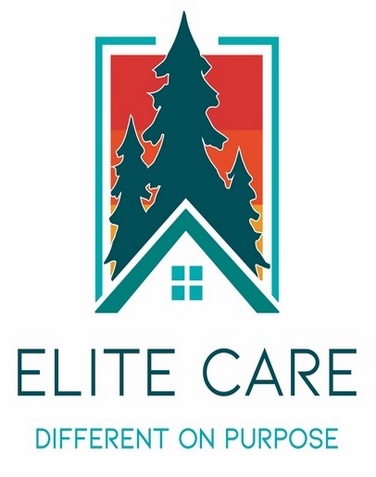How to Create a Safe Home Environment for Seniors
As a senior or a caregiver for a senior, creating a safe home environment is essential for maintaining independence, preventing accidents, and ensuring overall well-being. According to the National Institute on Aging, older adults are more susceptible to home accidents, such as falls, fires, and medication errors. By taking proactive steps to create a safe home environment, you can help protect yourself or your loved one from potential hazards and promote continued health and safety. Below are some practical tips and strategies for creating a safe home environment for seniors, incorporating information from Elite Care, a senior living company in Portland, Oregon with more than 20 years of experience caring for older adults.
I. Secure the Home Environment
- Remove tripping hazards: Remove any items that can cause tripping or falls, such as throw rugs, electrical cords, and clutter. Ensure that all walkways are clear and well-lit.\
- Install handrails and grab bars: Install handrails in key areas, such as stairways and bathrooms, to provide support and balance.
- Secure furniture: Ensure that all furniture is secure and won’t tip over, especially heavy objects like bookshelves, clothes dressers, and televisions.
- Prevent falls: Install grab bars in the bathroom, shower, and near the toilet to help seniors maintain balance. Place non-slip mats or strips in the shower or bathtub to prevent slipping. Make sure shoes are easy to put on, comfortable and well-fitting.
- Manage cords: Keep electrical cords and wires secure and out of reach to prevent tripping or entanglement
II. Enhance Safety with Technology
- Use smart home devices: Smart home devices, such as voice-controlled lights, smart outlets, or thermostats, can help seniors maintain independence and simplify their daily routines.
- Implement safety apps: Utilize safety apps that allow caregivers to monitor seniors’ well-being, track medication reminders, and receive alerts for potential safety concerns.
- Install safety monitoring systems: Consider investing in safety monitoring systems, such as medical alert systems or fall detection devices, to ensure seniors receive immediate assistance in an emergency.
III. Optimize Medication Management
- Simplify medication management: Use a pill box or a medication reminder app to help seniors stay organized and adhere to their medication schedules.
- Keep an up-to-date medication list: Keep a medication list with mg/dosing information. ALWAYS check prescription bottles when they come from the pharmacy because the pharmacy may fill the prescription with stock on hand. This could cause the mg/dosing of each tablet to be different from what is on the medication list.
- Monitor medication side effects: Speak to a physician or pharmacist anytime a new medication is started and discuss the common side effects of each medication. It may be helpful to write down these side effects to refer to later. Keep track of medication side effects and potential drug interactions. Report any and all side effects to your physician.
- Highlight Medication Expiration Dates: Make it a practice to highlight the expiration date on each bottle, upon receival. Highlighting the expiration date will draw your attention each time you take your medication.
- Dispose of expired medication: Regularly review and dispose of expired or unused medication to prevent misuse or accidental ingestion. Many local pharmacies have programs to help destroy unused or expired medications, even narcotics.
IV. Prevent Home Accidents
- Install smoke detectors and carbon monoxide detectors: Ensure that smoke and carbon monoxide detectors are installed in the home and tested regularly.
- Prevent kitchen accidents: Keep the kitchen safe by removing any hazardous items, including sharp objects or dangerous chemicals, from the senior’s reach.
- Store emergency numbers: Keep emergency numbers, such as the fire department, police, and poison control, easily accessible.
V. Encourage Social Interaction
- Encourage socialization: Encourage seniors to participate in social activities, like community events, hobbies, or clubs, to help prevent feelings of loneliness and isolation.
- Provide emotional support: Offer emotional support and a listening ear to help seniors cope with challenges and maintain mental well-being.
VI. Collaborate with Senior Care Professionals
- Assess home safety: Collaborate with senior care professionals, such as Elite Care, to assess the home environment and identify potential hazards.
- Develop a care plan: Create a personalized care plan that addresses the senior’s unique needs, including medication management, personal care, and socialization.
- Monitor changes: Continuously monitor changes in the senior’s health, behavior, or living situation, and adjust the care plan accordingly.
Conclusion
Creating a safe home environment for seniors requires proactive steps to prevent accidents, optimize medication management, and encourage social interaction. By implementing the strategies outlined above, you can help ensure your loved one’s continued health, safety, and well-being. Remember to collaborate with senior care professionals, such as Elite Care, to provide support and care for your senior loved one.
If you are looking for a senior living community that fosters social connections, we encourage you to contact Elite Care today. We would be happy to schedule a tour and answer any questions you may have.
